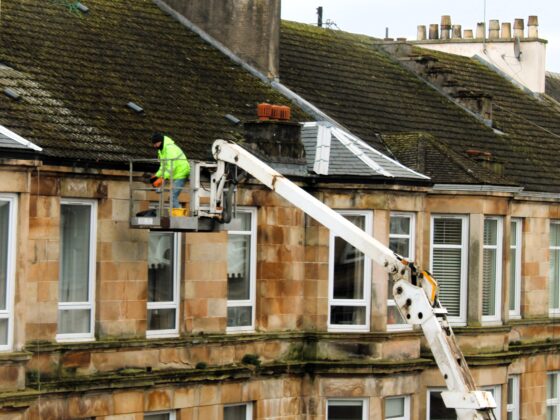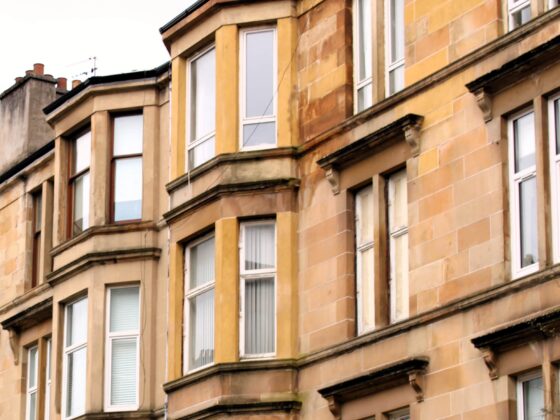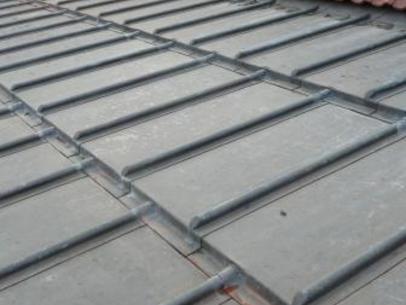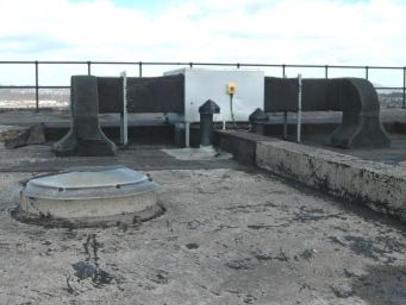Asbestos becomes a risk when it is disturbed through repairs and internal improvements. You have a legal duty to know where it is in your building, so that workers are not affected.
Where can asbestos be found?
Asbestos is resistant to heat and electricity, so until the health risks were understood, it was often used for fireproofing, insulation, electrical cabling, and in wall linings, plaster coatings (such as Artex), and roofing tiles. There was a voluntary industry ban on blue asbestos from 1967, and in 1985 blue and brown asbestos (the worst types) were banned from import into the UK. Asbestos has not been used in any building constructed after 2000.
What is the risk?
Inhalation of microscopic asbestos fibres can lead to asbestos-related lung cancer, mesothelioma (cancer affecting the outer lining of the lungs), and asbestosis (inflammation and scarring of the lung tissue).
However, asbestos only releases these damaging fibres when it is disturbed or damaged.
People most at risk are those who disturb asbestos containing materials in an occupational capacity, such as those involved in maintenance, construction, or demolition.
What do I need to do about asbestos?
Firstly, establish if there is asbestos in your building – either inside your flat or in common areas. If it is in common areas, make sure other owners know. Record the fact in your Repairs Logbook. Generally, the safest thing to do is to leave the asbestos in place and make sure it does not get damaged. Be sure to tell any building workers about the presence of asbestos – this is a legal requirement. If, however, the asbestos material is crumbling or friable, it should be removed.
If you have any asbestos products in your home, check out the Health and Safety Executive Guidance before painting, drilling into, or removing the material. Use an appropriately qualified firm to carry out any work involving asbestos containing materials.
Further information




